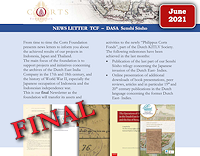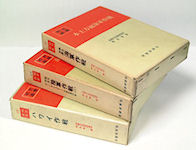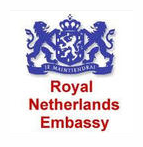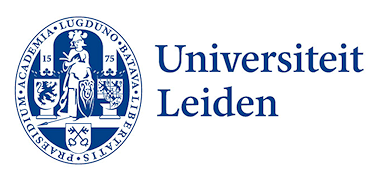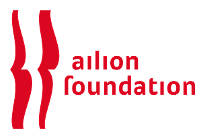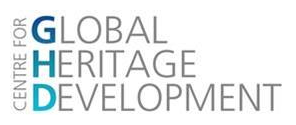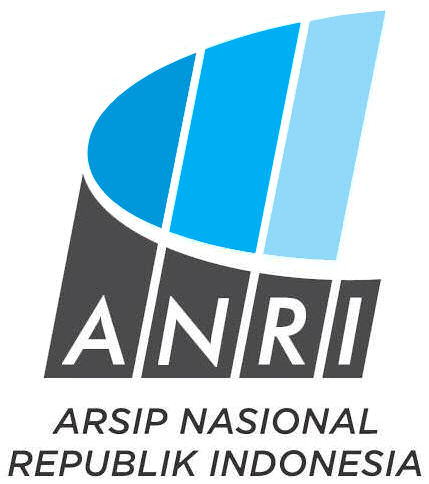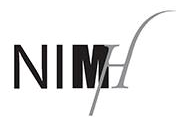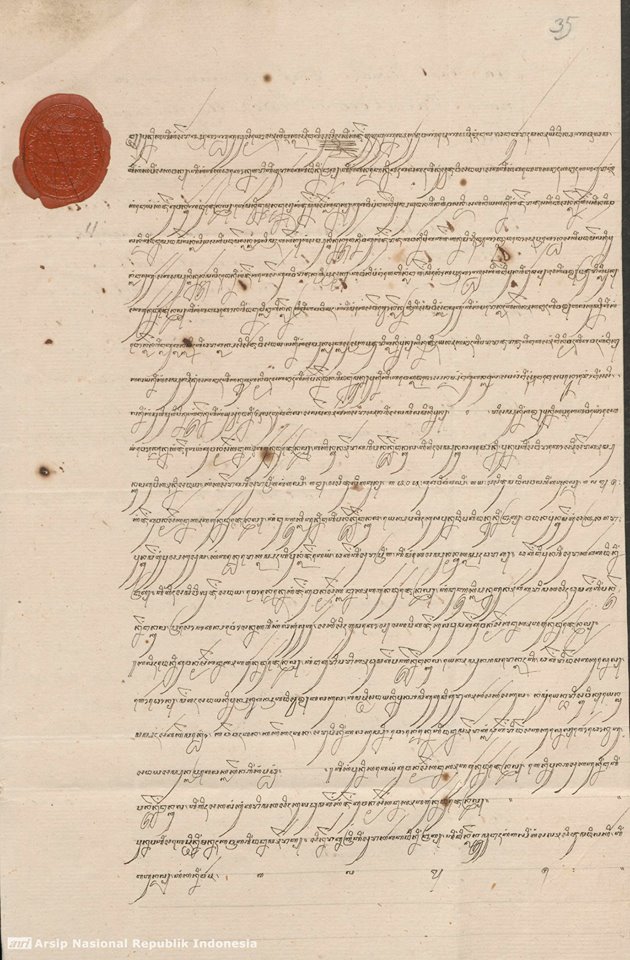 The Corts Foundation, in collaboration with the Arsip Nasional Republic Indonesia and Leiden University, has finally published 8,568 diplomatic letters to and from Batavia Castle from the 17th and 18th century on the website of Sejarah Nusantara. These letters were found in the archive series of Daily Journals of Batavia Castle (inv.nr. 2495-2623), and an additional series 'Incoming and Outgoing Missives from Indigenous rulers' (inv.nr. 3567-3593). A database was created to provide access to an index to letters that were send to and from Batavia. Also all the letters were mapped geographically and visualized in charts and maps. Additionally scans were made to complete the archive inventory numbers that contain diplomatic letters.
The Corts Foundation, in collaboration with the Arsip Nasional Republic Indonesia and Leiden University, has finally published 8,568 diplomatic letters to and from Batavia Castle from the 17th and 18th century on the website of Sejarah Nusantara. These letters were found in the archive series of Daily Journals of Batavia Castle (inv.nr. 2495-2623), and an additional series 'Incoming and Outgoing Missives from Indigenous rulers' (inv.nr. 3567-3593). A database was created to provide access to an index to letters that were send to and from Batavia. Also all the letters were mapped geographically and visualized in charts and maps. Additionally scans were made to complete the archive inventory numbers that contain diplomatic letters.
For the first time we display a so far hidden collection of letters from mainly Indonesian sultans and radja’s. In fact, this is the biggest collection of archival materials originating from Indonesian rulers, only discovered in 2013 and a true historian's treasure.
All diplomatic letters can be accessed here:
> [browse] > [search] > [rulers] > [locations] > [visualizations]
![]()
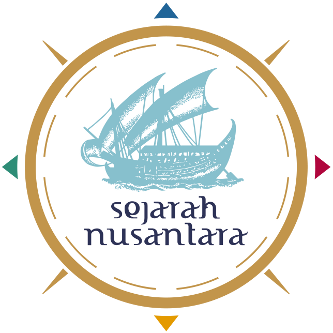

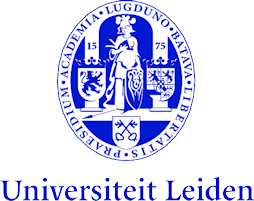
The letters from the Javanese, Malay, Arab, Chinese and other rulers were translated into Dutch and included in the archives. At least we still have the content of thousands of letters and this is of an immense cultural value. There are some original letters found as well, in Jawi and in Javanese, and sometimes even in Buginese. All together around 100, most of them in inv.nr. 3584 (see the scans of this).
This was real team work and a combination of several disciplines. Maarten Manse, PhD student from the University of Leiden did much hard work to go through the marginalia database and select all references to diplomatic letters. And he did much more than that. He also did extensive research into the names of many Indonesian radja’s. So this online source is also the most important source for the genealogy of Indonesian rulers from the 17th and 18th century. Marco Roling, information analist of the Corts Foundation, designed the database and performed careful data analysis and quality control; web developer Jelle Gerbrandy implemented the database, search facilities and the automatic connections to the online scans. Simon Kemper, PhD student of the University of Leiden did work on the published Daily Journals (Daghregisters). The ANRI members of the scanning team and content team were responsible for the digitalization and metadata entry. In particular Risma Manurung spend many extra hours to make the online publication possible. Dr. Hendrik Niemeijer had the overall project coordination and scientific responsiblity.
This cooperation shows what a Digital History & Archive Project is all about: a combination of skills from historians, archivists, experts in preservation imaging, data analysts, web developers and online publishers. Historians in Indonesia, the Netherlands, and the general public worldwide has access to these letters now and can study their contents in order to recreate history in the present and future.


 English
English  Nederlands
Nederlands 
